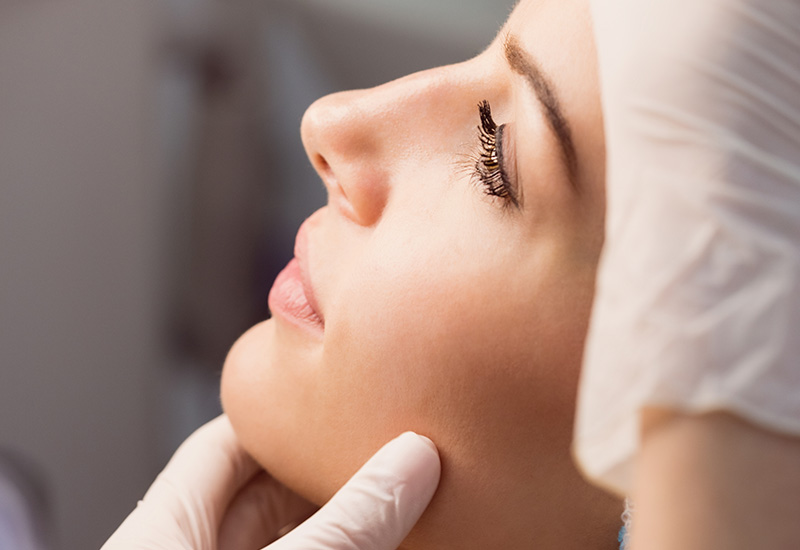Facial aesthetic procedures have been growing exponentially in the last few years. Non-surgical treatments grew by 33%, with botulinum toxin (also known as Botox) being the number one procedure. Surgical procedures have grown at a slower rate (7.3%, ISAPS), with eyelid surgery being the first choice. Chronological ageing no longer matches our psychological behaviour, which is now the main reason for the increased search for facial rejuvenation.
The effects of ageing are a consequence of both intrinsic (genetic) and extrinsic environmental factors (sun exposure, stress, smoke, weight shifts and human behaviour).
Skin is the first to present changes – the rhytids, related to the atrophy of our normal glands, hair follicles, and the decreased production of collagen and elastin fibres, which results in thinning and loss of quality of the skin. Bone, with time, suffers volume loss leading mainly to cheekbone atrophy, producing the big nasolabial fold and lower eyelid ageing and descent.
Fat tissue includes deep and superficial adipose pads. The deep one provides support, and the superficial gives shape. The ageing of the first will make the superficial anatomy get loose and “fall down”, again contributing to the folds and the aged empty look. While the skin loses its structure, its bony and fatty support, cells renew themselves much less and slower.
A non-surgical approach rejuvenates the skin through biostimulation and regenerative treatments. The main procedures used are tissue volumising with hyaluronic acid, treatment of wrinkles with botulinum toxin (Botox), mild skin repositioning and tensioning with threads and thermal devices. Other techniques, including PRP, microneedling and peelings, work on stimulating cell renewal, prompting new cellular growth and slowing down ageing, along with nourishing and hydrating the skin Mesotherapy (injections), skin nutrition, and oxygen therapy can also be used for a full-face treatment plan.
On the other hand, surgery is most often sought in the later stages of the ageing process, with the goal of repositioning the tissues, re-establishing the lost volume and eventually changing some of the features mentioned above:
Plastic surgeons have two goals in facial aesthetic procedures:
- Rejuvenation re-establishing facial youth characteristics
- Facial beautification through changing facial anatomy
The main surgical techniques are:
- Blepharoplasty (a type of surgery that removes excess skin from the eyelids)
- Mini facelift
- Neck reduction
- Endoscopic facelift
- Lip lift
- Stem cell facial regeneration
It is, therefore, very important that patients understand the basis of facial ageing and the several possibilities of medical treatments to move in a safe way for a procedure. Choosing a certified physician is a safe decision and beware of a price-driven search that can lead to absent or disastrous results. My goal is to warn patients that low prices can most often be misleading or worse.
Tiago Baptista-Fernandes is a specialist in plastic surgery.
tiago.baptistafernandes@upclinic.pt
+351 213 150 201 / 925 227 377













